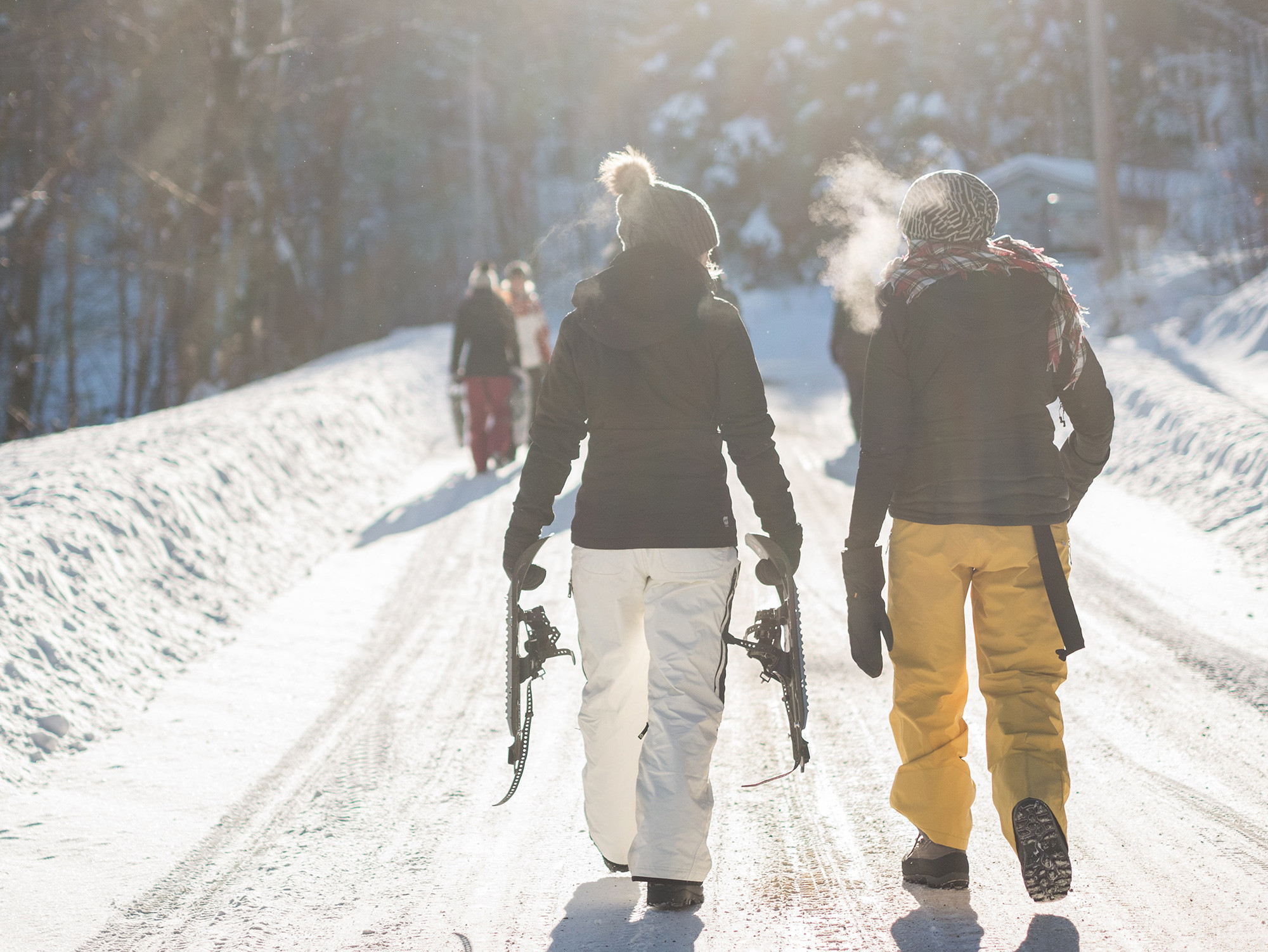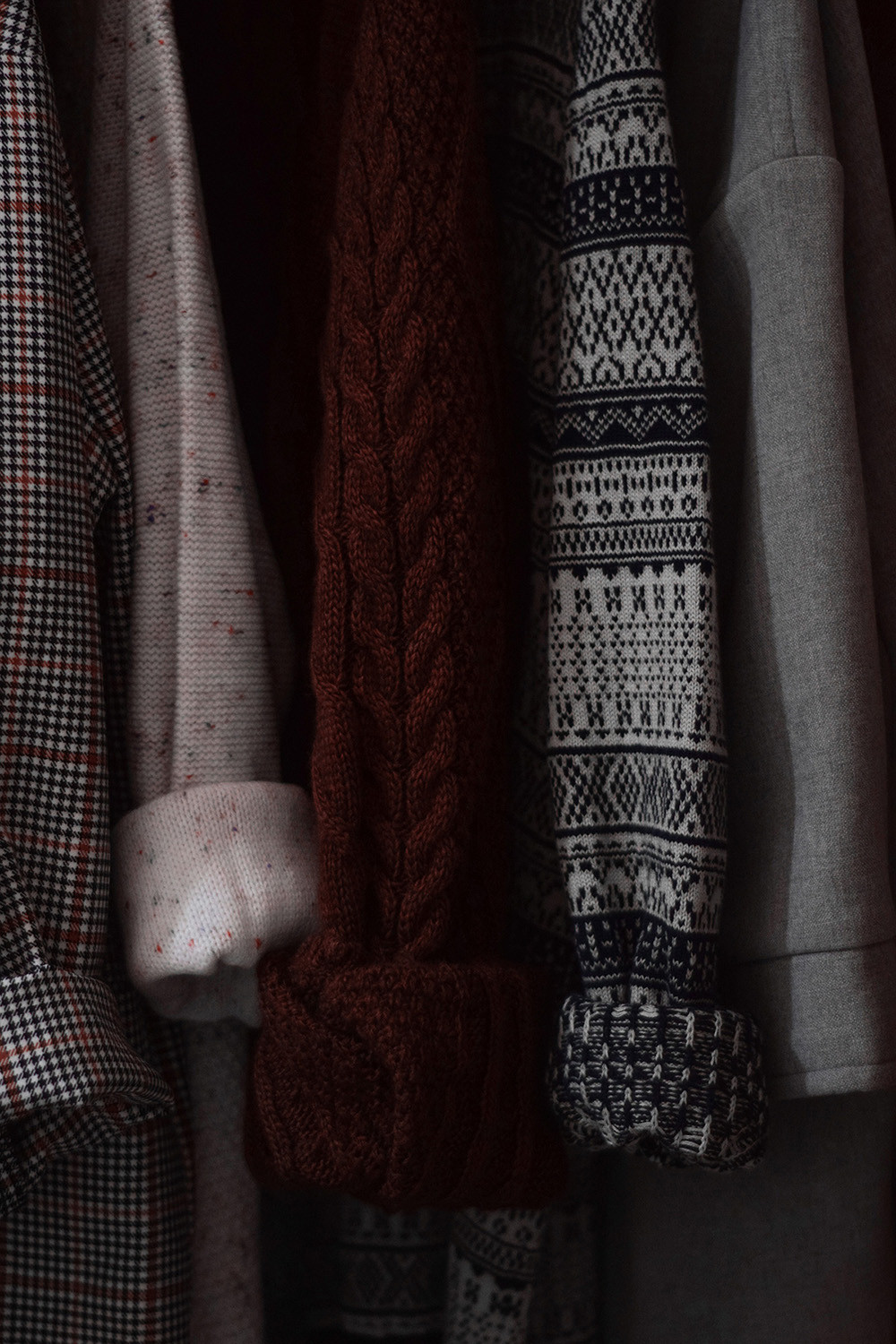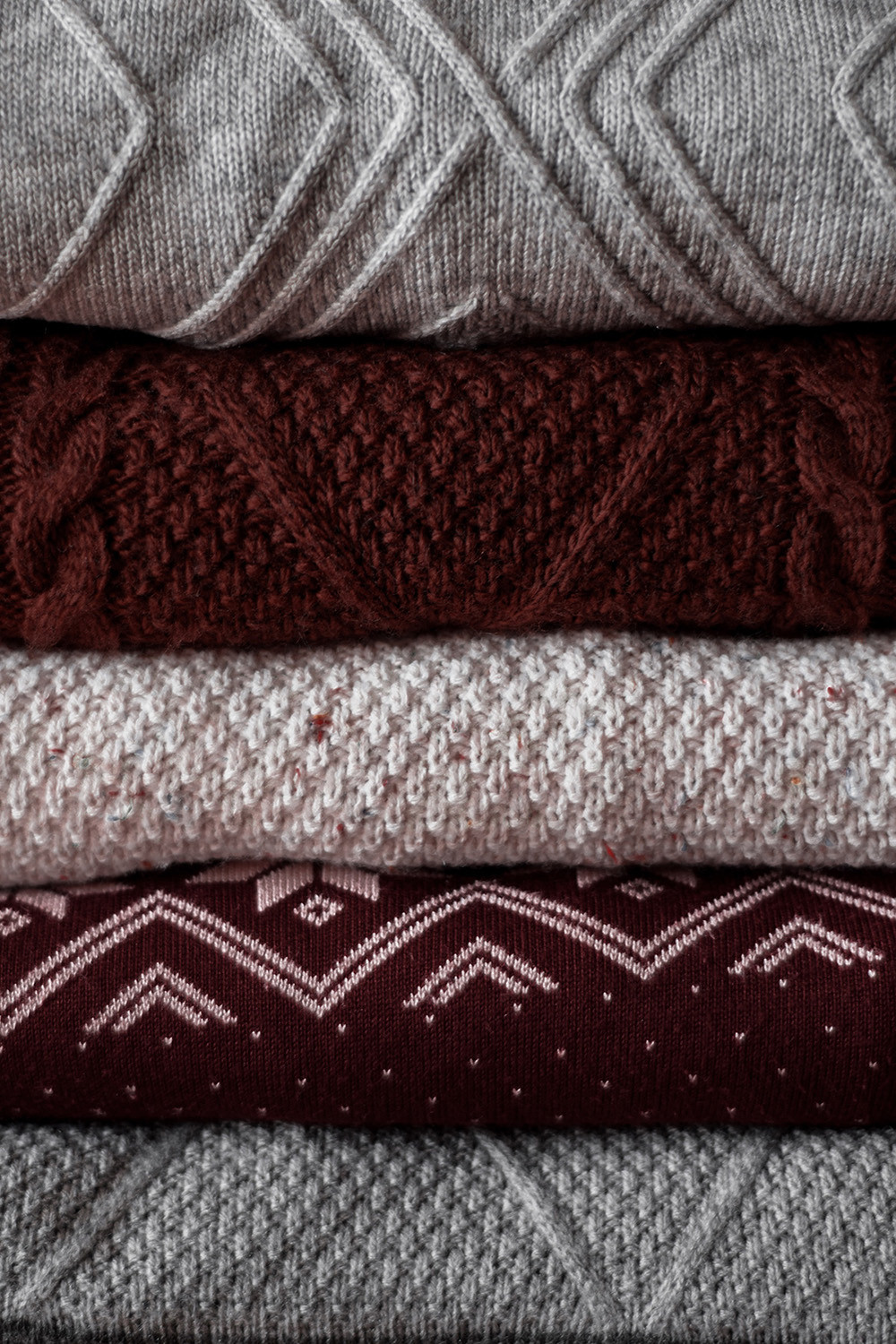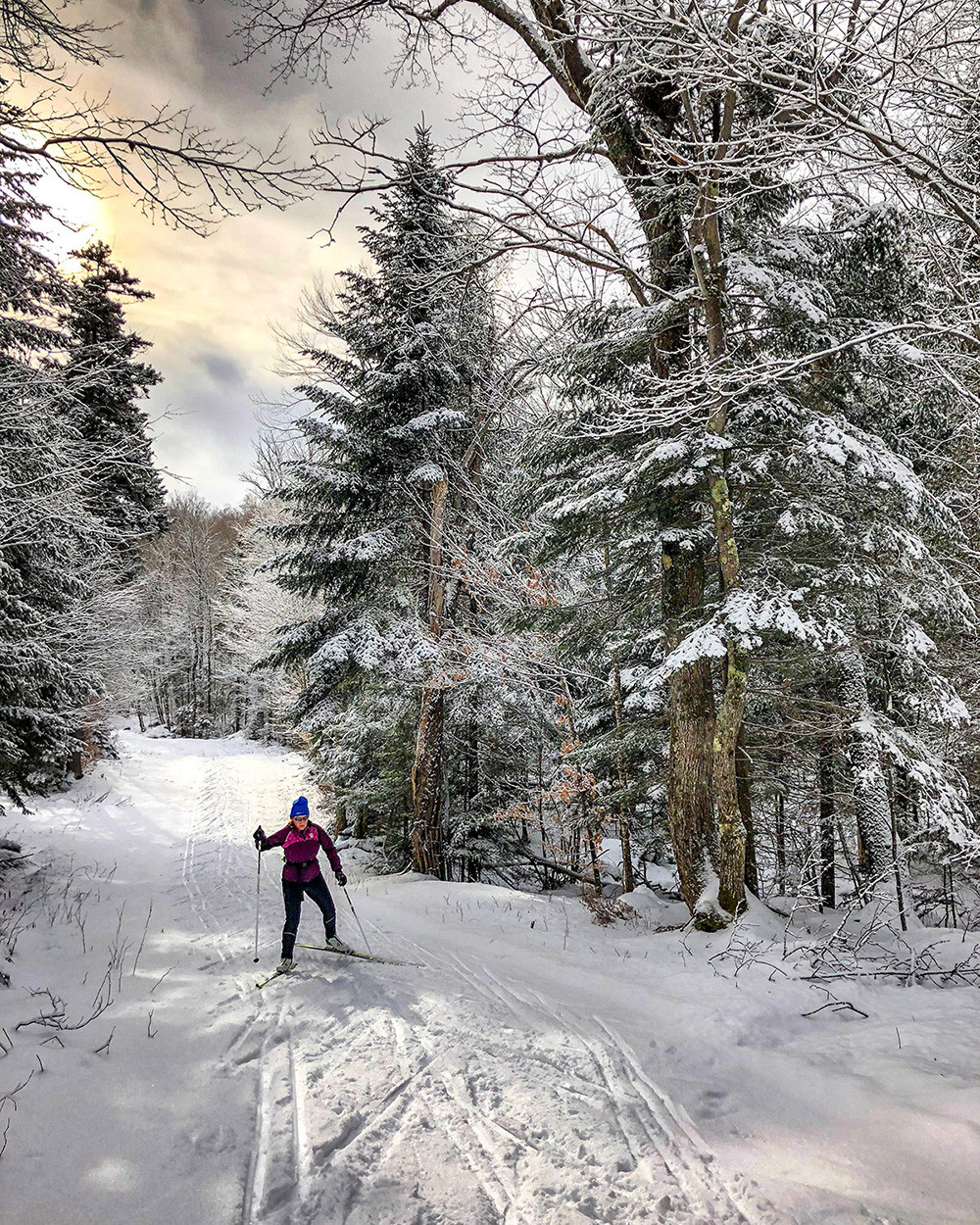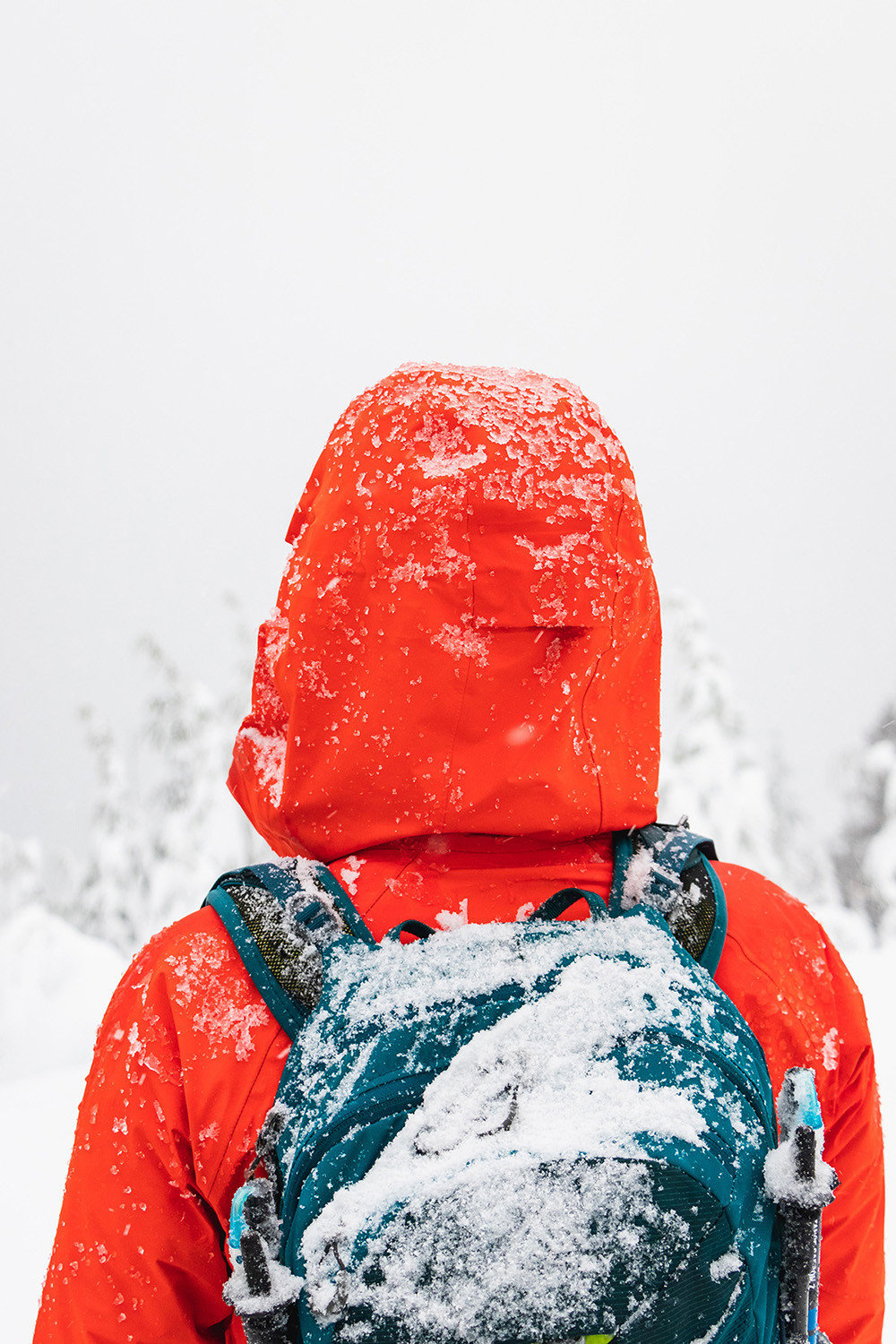Cotton
We love cotton for its comfort, but this material becomes our worst enemy for winter sports – it doesn’t breathe, doesn’t dry quickly, and becomes cold as soon as it’s damp. It’s the worst choice you can possibly make! However, it’s a good choice for relaxing after your activity.
Wool
Yes, wool can sometimes be scratchy, but that's in spite of itself. It’s an especially great choice in winter because it provides warmth even when damp. A must-have? Merino wool, the super-fabric! This natural fibre is light, compact and warm, and wicks away moisture and bacteria. In short, it has it all!
Synthetic fibre
Strong, compact and light, these fabrics stay warm even when wet. The only downside is that they can absorb odours quickly. Nothing is perfect in this world! The ultimate secret to not being cold or too warm in winter: the famous multi-layer or onion system.
The principle of this system is quite simple – you simply add or remove a layer according to the temperature and intensity level of your activity.


